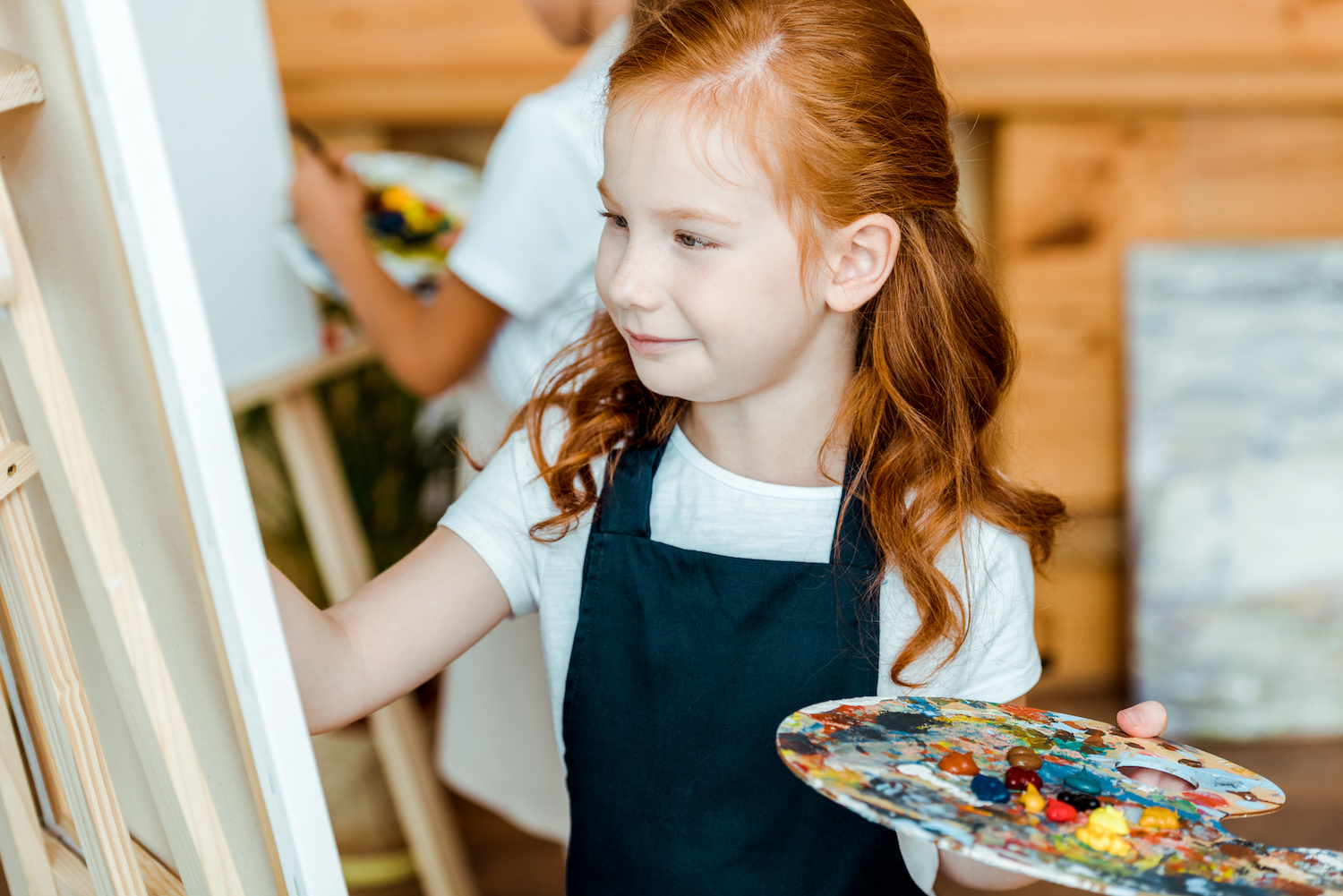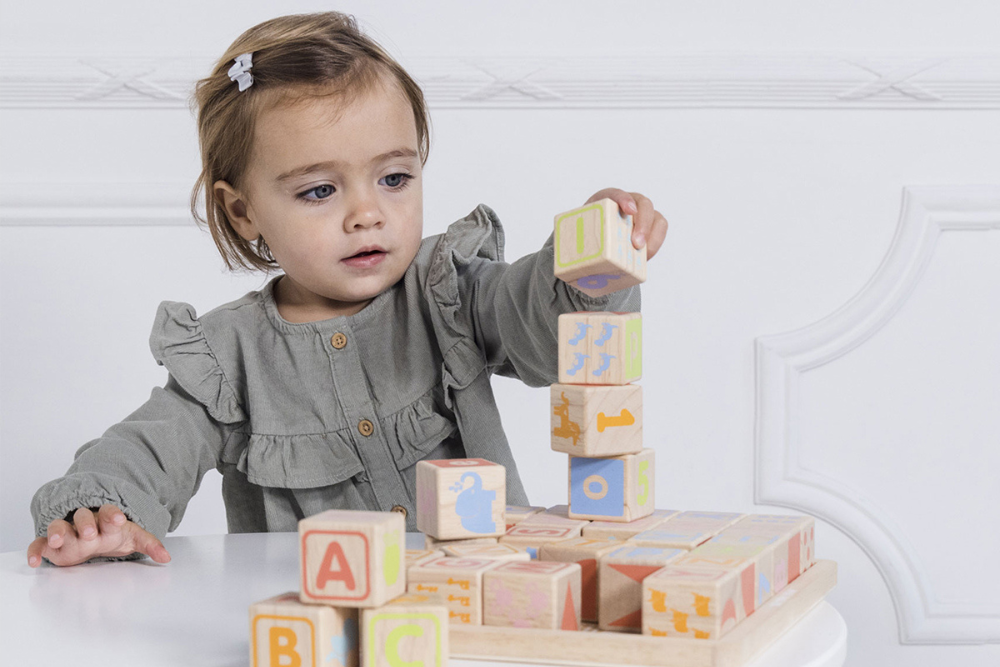Art has the extraordinary ability to transform a child’s world, igniting sparks of imagination and curiosity. In our fast-paced digital age, where screens often overshadow hands-on creativity, introducing children to fine art can be a gateway to endless discovery. Engaging with art nurtures critical thinking, emotional expression, and problem-solving skills while fostering a deep appreciation for beauty. From playful doodles to structured masterpieces, early exposure to art helps young minds develop confidence and an enduring passion for creativity. This creative journey not only enriches the soul but also builds lasting family bonds as parents share in the wonder of artistic exploration. By dedicating a space for art at home, families create a nurturing environment that celebrates individual expression and inspires lifelong learning. Ultimately, raising little artists is a gift that cultivates innovation and paves the way for a vibrant, imaginative future. The inspiring journey begins with one bold brushstroke.
Exploring Famous Artists and Styles in a Fun Way
Introducing children to the legends of art can be both educational and entertaining. Take a playful approach by sharing the vibrant stories behind artists like Van Gogh and Monet. Instead of a conventional history lesson, try interactive storytelling: ask your child what emotions a particular painting evokes or what they imagine might have inspired the swirling skies of Van Gogh’s work. Engaging with art in this manner transforms masterpieces into windows of wonder rather than distant relics of the past. Modern art, too, can captivate young minds with its bold forms and unconventional techniques. To bridge the gap between historical art and contemporary flair, families can discuss the evolution of artistic styles and even incorporate discussions about luxurious contemporary pieces. For a taste of modern sophistication, explore exclusive contemporary art to see how today’s artists balance tradition with innovation. This playful exploration fosters curiosity and helps children appreciate art in its many diverse forms.
Ways to explore art with children:
- Create an “artist of the month” activity where children learn about a famous painter and try to replicate their style.
- Visit museums or virtual galleries to experience masterpieces up close.
- Encourage children to make up stories about what’s happening in a painting.
Making Art Accessible at Home
Creating a dedicated art corner at home is the first step to igniting a child’s passion for creativity. Imagine a small nook, complete with a sturdy table, easy-to-clean surfaces, and plenty of natural light—this mini art studio becomes a safe haven for experimentation and expression. Parents can introduce simple, structured projects that gently guide little hands into the world of art. For instance, Number Artist offers engaging projects that balance structure with creative freedom, perfect for hobbyists and busy parents alike. By providing an assortment of materials—crayons, watercolours, clay, and even recycled materials—families can turn everyday spaces into inspiring galleries. This not only gives children a chance to express themselves but also transforms the home environment into an ongoing creative workshop. In this way, art becomes a part of daily life, nurturing skills that extend beyond the canvas into problem-solving and innovative thinking.
Essentials for a home art space:
- A dedicated table or easel with plenty of light.
- A variety of art supplies, including paper, paints, and clay.
- Display space to showcase completed artwork.
Hands-On Art Activities to Spark Creativity
Nothing fuels creativity quite like getting your hands dirty with art projects. Organize DIY painting challenges where children reinterpret famous works in their own unique style. These activities encourage experimentation with colours, textures, and brushstrokes while teaching basic art techniques. Alongside these creative sessions, consider integrating an occasional creative break for parents. For instance, a quiet afternoon spent with a session of paint by numbers for adults can provide the perfect balance of relaxation and inspiration, setting a positive example of artistic engagement for the whole family Local museums or online art galleries offer additional sources of inspiration and serve as dynamic extensions of the home studio. Whether it’s a weekend visit to a community art exhibit or a digital tour of a renowned gallery, these hands-on experiences enrich the family’s creative dialogue. Such activities not only cultivate artistic skills but also build an enduring appreciation for art’s transformative power.
Creative activities to try:
- DIY art challenges where children recreate famous paintings with their own twist.
- Texture experiments using sponges, fabric, or natural materials.
- Collaborative family art projects, such as murals or mixed media collages.
Decorating with Art: Letting Kids Curate Their Own Space
When it comes to home decor, integrating children’s art can be as delightful as it is stylish. Allowing kids to curate their own mini gallery gives them a sense of pride and ownership over their creative expressions. Frame their paintings, sketches, and collages and display them alongside carefully selected pieces that elevate your home’s ambience. This blend of youthful exuberance and refined artistry creates a unique, balanced space that speaks to both creativity and sophistication. Parents can collaborate with their children to choose themes, colours, and arrangements, turning the process into a collaborative art project. Alongside these personal creations, consider investing in a few premium art pieces that grow with your child’s evolving taste. This curated mix not only celebrates the innocence of early creativity but also introduces them to the world of high-end art, where each piece tells a story and transforms a room into a personal sanctuary. The resulting display becomes a vibrant tapestry of artistic expression that bridges generations.
Ways to showcase children’s artwork:
- Create a rotating art wall to keep displays fresh and inspiring.
- Use framed art collections as focal points in shared living spaces.
- Encourage kids to curate seasonal or themed exhibitions at home.
Encouraging Confidence and Self-Expression
Art is more than just a pastime—it’s a powerful medium for building self-confidence and encouraging authentic self-expression. When children see their work proudly displayed on the living room wall or shared at local art contests, they learn to value their unique perspectives. Celebrate every creative effort, regardless of the outcome, by hosting regular “art nights” where the whole family gathers to appreciate each other’s projects. These events can turn a simple painting session into an exciting social occasion, fostering communication and mutual respect. Encouraging children to discuss the feelings and stories behind their art helps develop emotional intelligence and self-awareness. Moreover, entering community art shows or local competitions provides a platform for young artists to gain recognition and build resilience. This supportive environment teaches kids that creativity is a journey marked by experimentation and growth rather than a quest for perfection. Such positive reinforcement empowers them to take creative risks and explore new ideas without fear of failure.
Ways to nurture confidence through art:
- Host a family art showcase where everyone presents their work.
- Encourage participation in local or online art contests.
- Provide positive feedback and celebrate effort over perfection.
Conclusion: Nurturing a Lifelong Love for Art
In a world where creative expression often takes a backseat, nurturing a child’s love for art can be transformative. The journey of raising little artists begins with simple steps at home—an inviting space, accessible materials, and a willingness to explore and experiment. As children engage with both historical masterpieces and modern creations, they develop a deeper understanding of beauty and innovation. By celebrating every brushstroke and colour choice, parents help build not only artistic skills but also lasting confidence and self-expression. Art becomes a shared language that connects family members, transcending the ordinary and sparking conversations that inspire growth. Over time, these early artistic experiences pave the way for a lifelong passion that enriches both the heart and mind. Ultimately, the commitment to fostering creativity in children is a timeless investment in a future filled with innovation, empathy, and boundless possibility.








